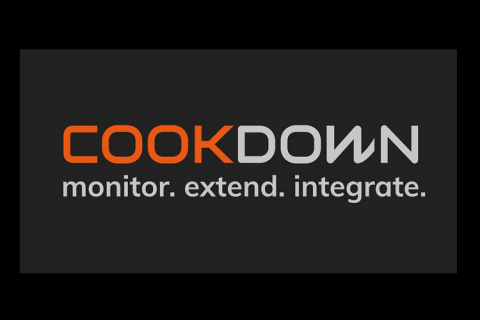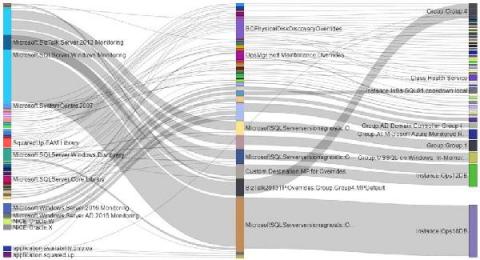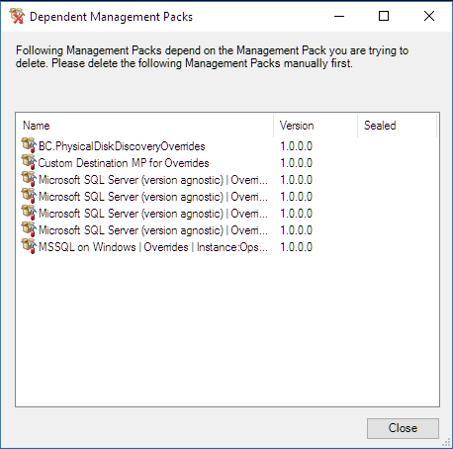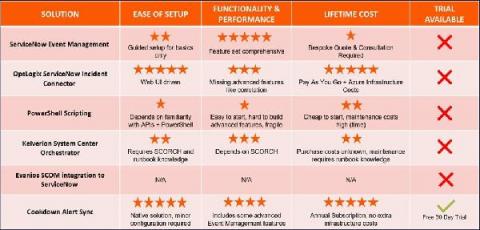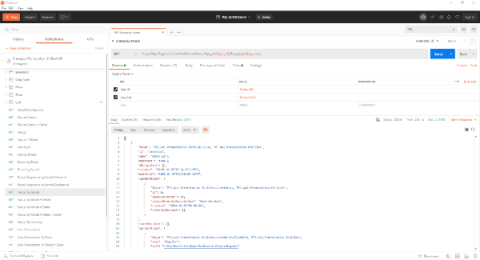The hidden costs of ServiceNow ITOM
ServiceNow is one of the leading providers of IT Operations Management (ITOM) solutions, with a broad range of packages, designed to scale with your business as it grows. However, it can be a complex process understanding which solutions will be the best investment for your IT Operations, now and in the future.


